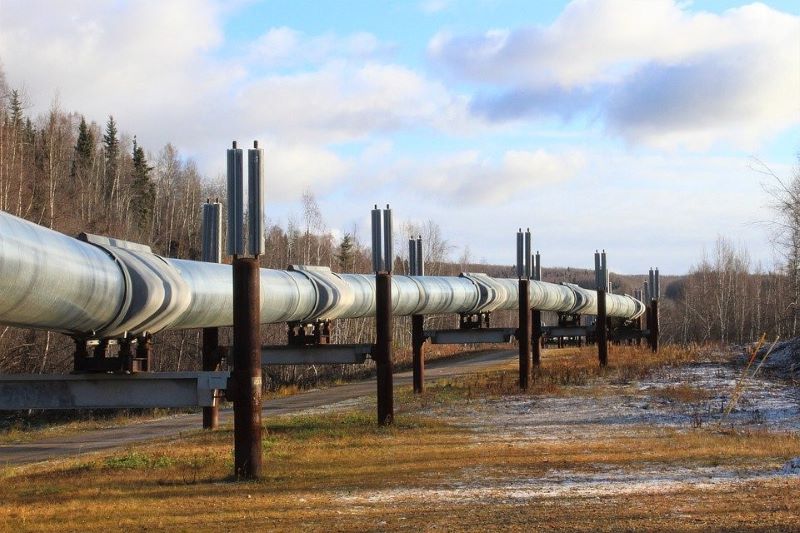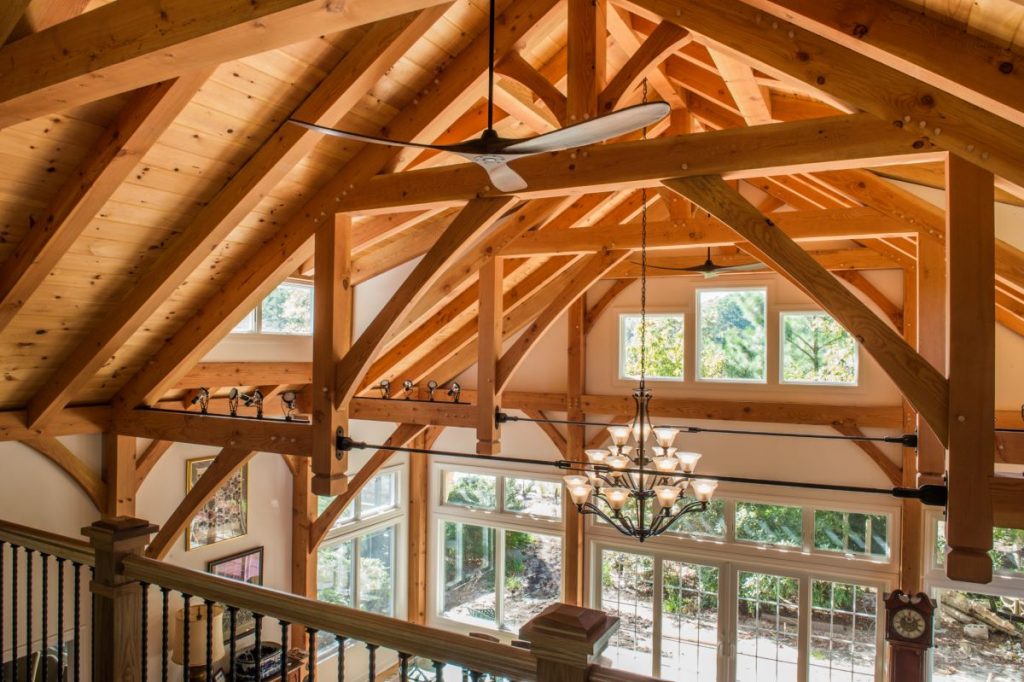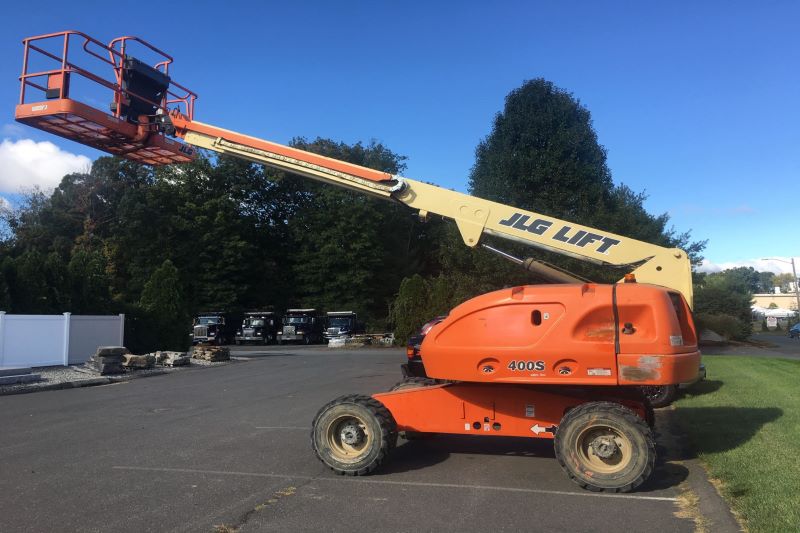Table of Contents
In the field of pipeline transportation, there’s a process called pigging, which is the use of a device called pigs to perform machine repairs and operations. The maintenance and repairs are done without the need for the whole production in factories and commercial industries to stop.
Some of the operations are cleaning and inspection. This can be done with the help of pig launchers and scrapers to an oversize part of the pipeline. The operator closes the launching station. The flow in the pipeline, which is usually filled with pressure, is used to push the scraper down the pipes until it goes into a receiving trap.
In the past years, pigging has become a reliable method of many oil industries to clean their pipelines with larger diameters. Today, lots of small plants and operators have discovered that this operation can increase their machine efficiency and reduce their costs significantly. Here are other frequently asked questions of people about this service.
What is Pipeline Pigging?
Pigs are devices that are inserted into a more significant part of the pipeline, which reduces its diameter. The pig travels within the line to do some tasks. Some of the functions include dewatering lines, cleaning, separating products, and more. Some of the scrapers are for inspection purposes, and they can tell the operators about the extent of a problem such as corrosion. Some devices have duties to isolate parts of pipelines that needed fixing.
Why is it Called Pigging?
There are lots of theories about why the process was named as such. One of the methods involves two pipe liners standing next to each other doing repair work when a pig went past them. They noticed that as their devices traveled down the line and pushed out dirt and debris, they said that this sounded like a hog squealing. What they meant was a device that consists of a single steel body with leather sheets on the outer parts.
If one does not doubt the story’s authenticity, this is an indication that most of the tools used today in many large-scale industries have been in existence for several years already. Others said that the word PIG means Pipeline Intervention Gadgets.
What Does the Process Do?

Most governments and industries rely on major pipelines across the country to transport fluids across states and other long distances. Some people accept them as the most efficient method of distributing water and oil. For the protection of these valuable investments, there are specific maintenance and repairs that operators should do once in a while to make sure that the operation remains smooth.
For small businesses and other industries, stopping production and manufacture can be disastrous. This can cause unnecessary delays and other problems. Before you consider stopping, you can first call services like RJ Stacey to check the issue. Some companies can immediately fix any problems without the need to stop the factory processes.
During the ongoing construction, the scrapers help remove debris and dirt that accumulated inside the pipes. To ensure that the installation was successful, the tubes are often filled with water, and a hydro test is used. Pigs are used to fill the pipes with water and to dewater them after a successful trial run. When the ducts are successfully established, the scrapers are used to clean wax off the walls, inhibit corrosion, and remove the liquid accumulation. They usually work with chemicals that are made explicitly for several build-ups inside the ducts.
The inspection scrapers are used to determine the thickness and the extent of corrosion inside the lines. If the operators were able to fix corrosion issues promptly, then normal operations will not be disrupted. The plug scrapers are used to isolate some of the lines for repairs and maintenance.
How to Determine the Right Tools?
Lots of pigs or tools are sold in a lot of stores. There are many suppliers, but not all of them are members of the PPSA or the Pigging Products and Services Association. You need to select the service providers carefully so that they know which tools to use at a given line.
It is essential to define the tasks that needed to be performed before the start of the repair or maintenance. For example, a hard scale was developed inside a 7″ line, or the location of the corrosion pit is inside a sour gas line that needs to be inspected. The type of conditional operation will dictate the kind and size of the pig for the whole process.
On a whole new level, the entire features and layout of the line will determine the geometry of the pig. The tools that will be used should have the right length to span pipe features such as tees and wyes. On the other hand, the devices should be flexible and short enough to flow and negotiate bends.
What are the Kinds of Techniques Available?

Two of the most common techniques include UT (Ultrasonic) and MFL (Magnetic Flux Leakage). You can read more about Ultrasonic testing when you click here. The MFL is a method where a magnetic flux is used to induce the walls of the ducts. The sensory can pick up any possible leakage in different areas of the pipes. They can also identify which specific field is leaking with the help of sensors. A library of defects is created to distinguish the differences between the flaws from each other.
When it comes to the UT method, some transducers emit several pulses of ultrasonic sounds. This is fast since it travels at the speed of sound, and returns echoes in the process. The measurement lies in the space from the first echo to the second one. The overall structure of the pipeline can be estimated through the recording of the time it takes the sound to travel and make echoes. However, the presence of gas can affect the overall output, so it’s best if experienced professionals will do this.
There are other things to consider, such as avoiding back to backbends, bore variations should be kept to a minimum, and more. These are the factors in the design that will make pigging possible. An expert in this field will know what to do, so it’s better to communicate with one of them and ask other questions that are related to your industry.








